What does being physically active have to do with learning?
by Sarah Cole, PE Teacher, TK Campus -
Children learn in a variety of ways, and by creating sensory experiences that use their sight, hearing and touch, children develop their ability to interpret the world around them.
At CIS, we have implemented a perceptual motor programme that integrates these sensory experiences with physical movement. This is important as physical activity helps to build neural pathways - the connections by which information travels through the brain. A child that has more neural pathways will be able to learn more easily.
To do well at school, children must do many things that require their mind and muscles to work together as a team. For example, when learning to write, a child must know the alphabet, and understand how you can combine letters to form words and then translate that knowledge into action. They must grip, move and stabilise a pencil while using perception (sight) to adjust their movements in order to create the correct pattern.
Recently, I had the pleasure of hosting parents from Pre-Kindergarten to Grade 1 and giving them hands-on experience into what their child was doing in PE so they could get a better understanding of why they are doing these activities.
I had parents jumping through coloured hoops forwards and backwards and then jumping while calling out the colours. This makes the brain and the body work together to complete a gross motor skill (jumping) and a colour recognition task (saying the colour aloud). To give parents a taste of what it is like for our English language learners I taught them the colours in another language they had never used before and asked them to repeat the exercise but now using the new language. As you may expect, there were those who could remember quite well and those who needed help from their classmates; very much like we see in our PE classes!
We also looked at crossing the midline of our body, an imaginary line that separates our left and right sides. This is important as it ensures the left and right sides of our brain are communicating well. If we do not ‘cross our midline’, studies show that it can lead to less precise fine motor skills and difficulty in tracking moving objects. Reading from left to right, or right to left, and self-care tasks like putting on shoes and socks can become more troublesome. We walked in and out of a ladder in a criss-cross fashion, which for us as adults was not a problem. However, when we made the task more complex by trying to complete our 7x tables at the same time, our brain required longer than our body to carry out the task.
PE Workshop TK

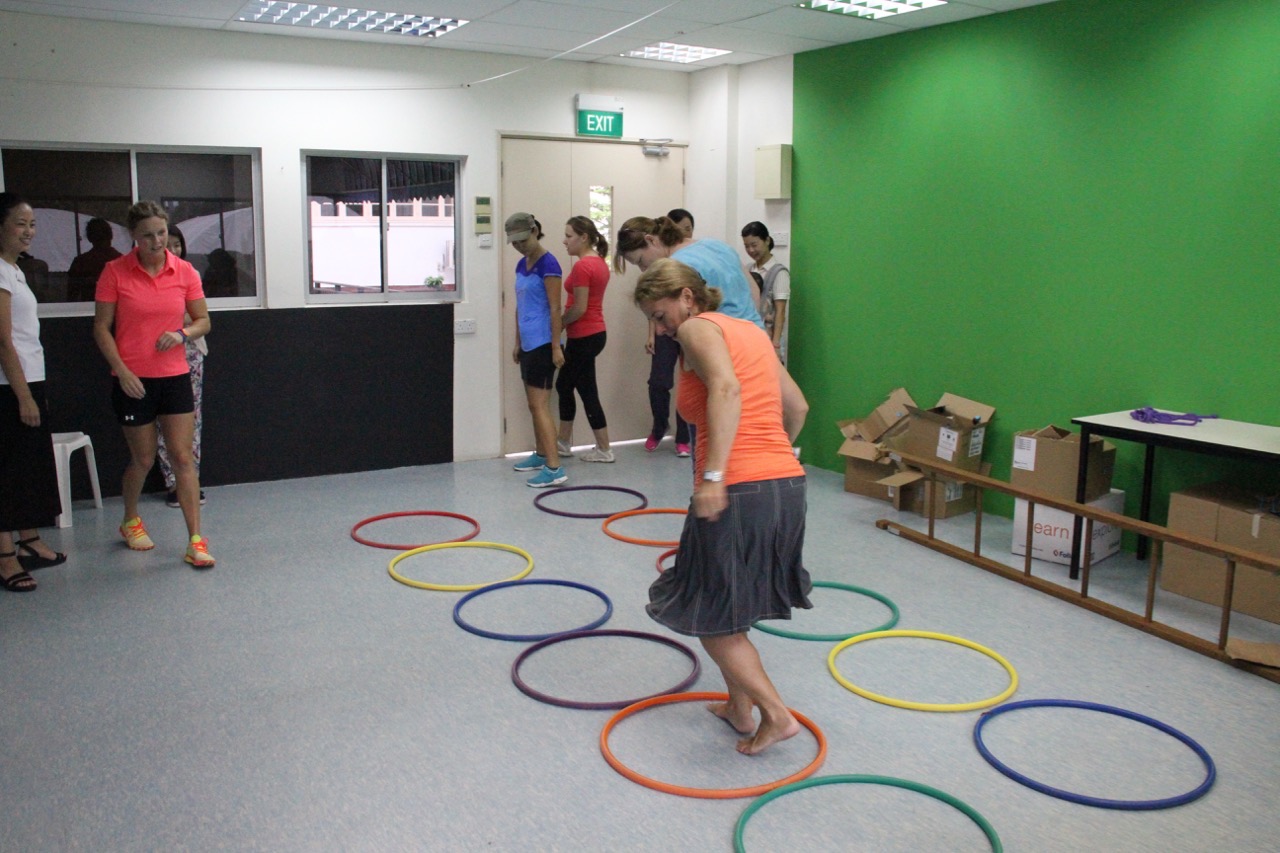
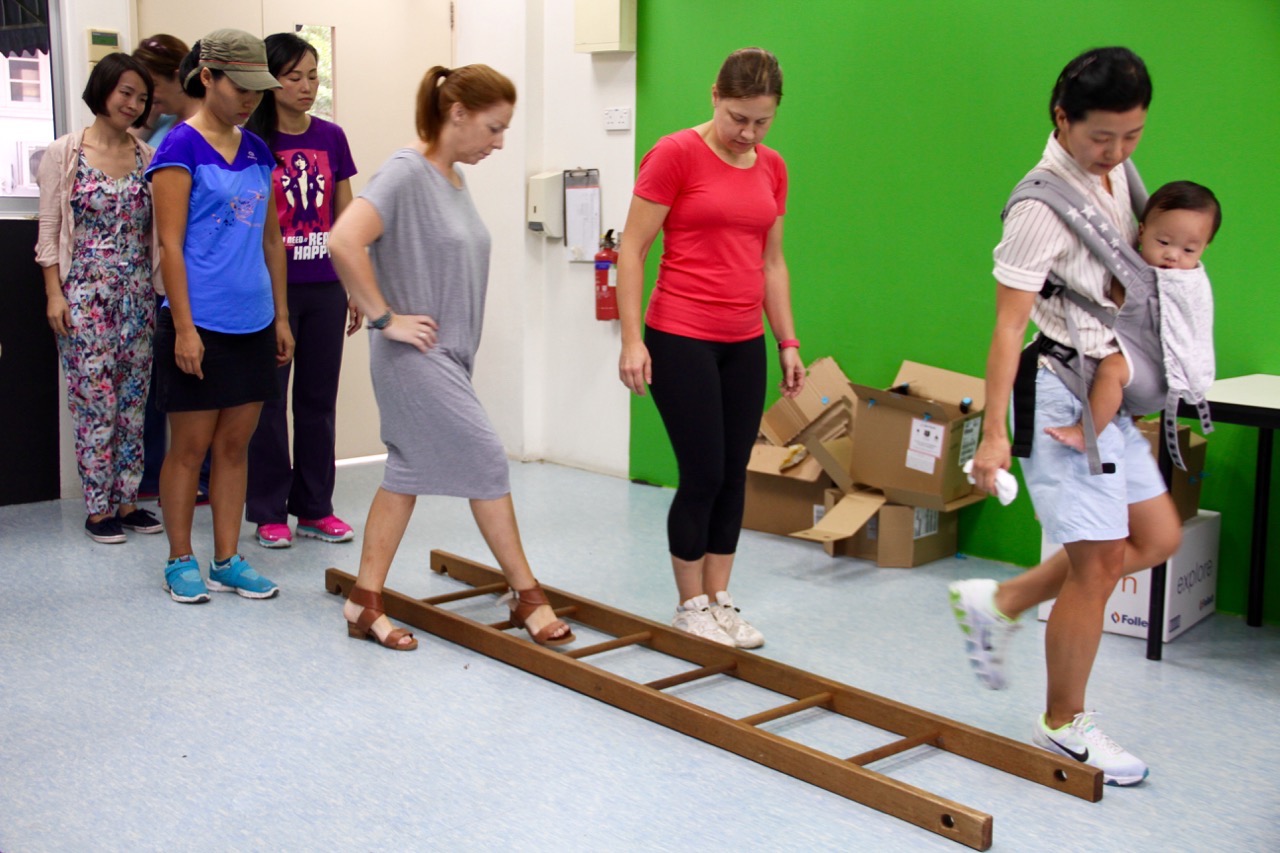
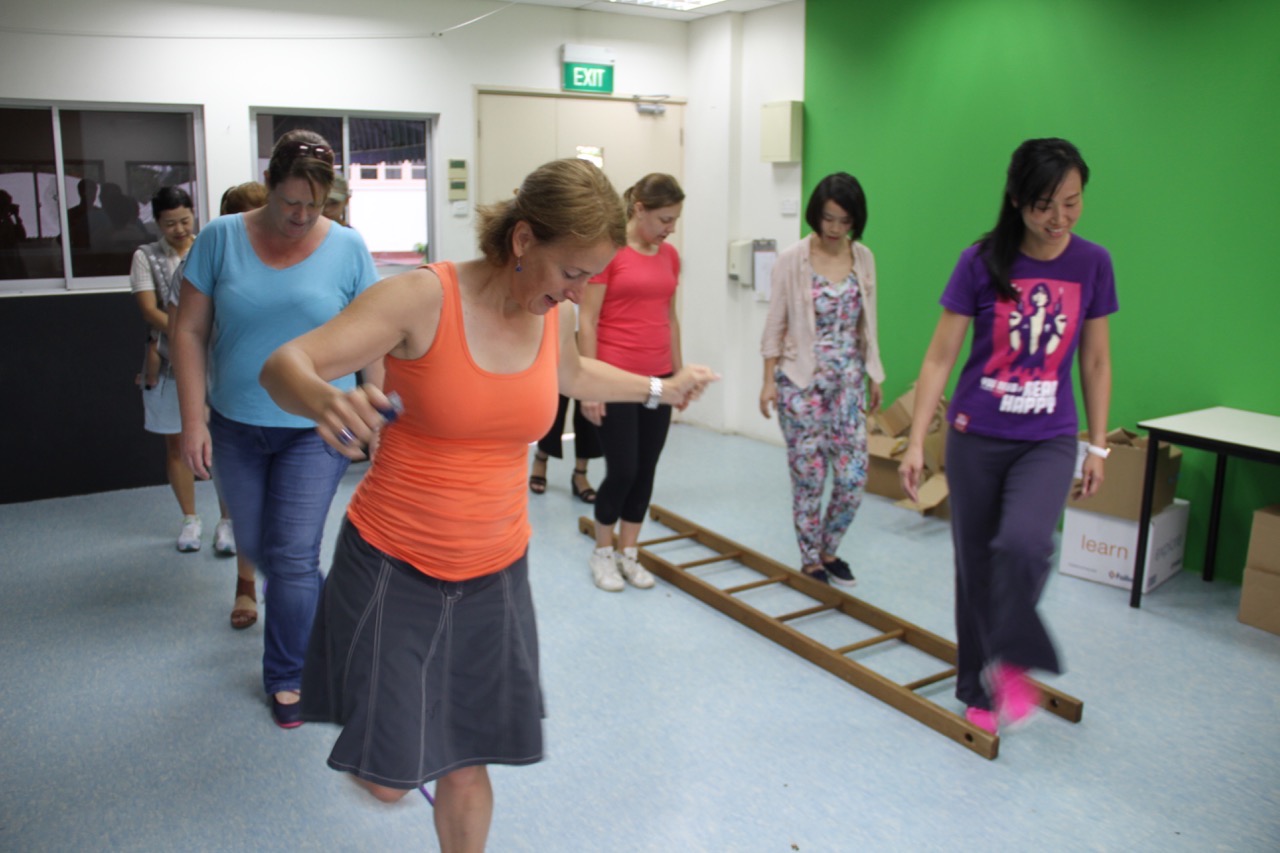
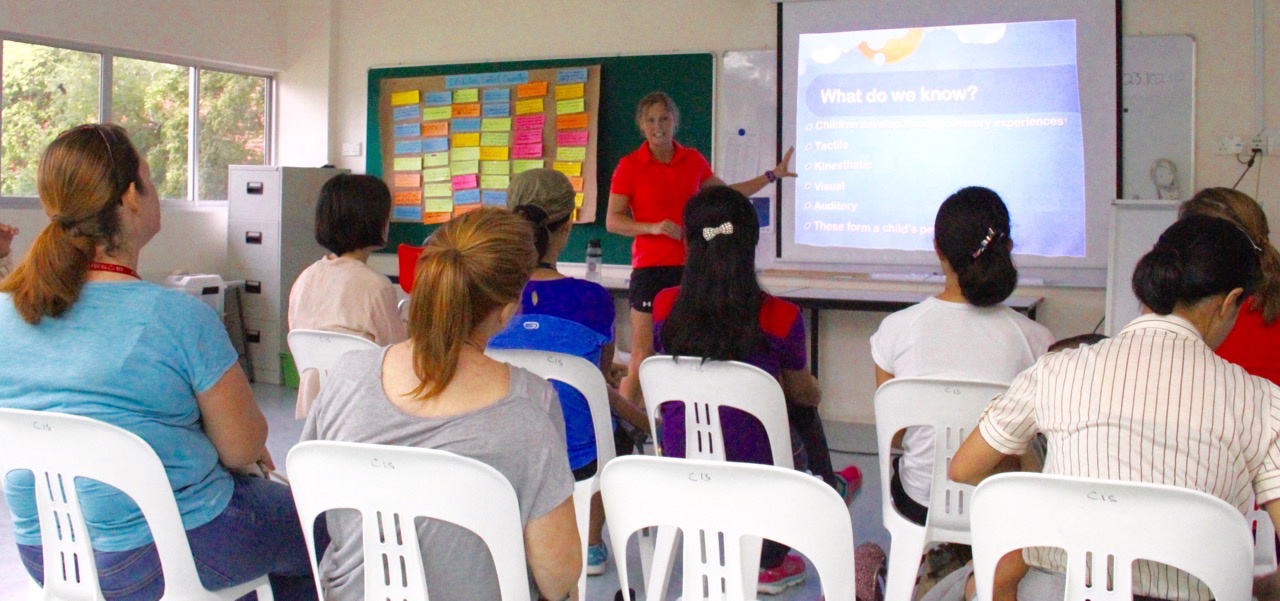
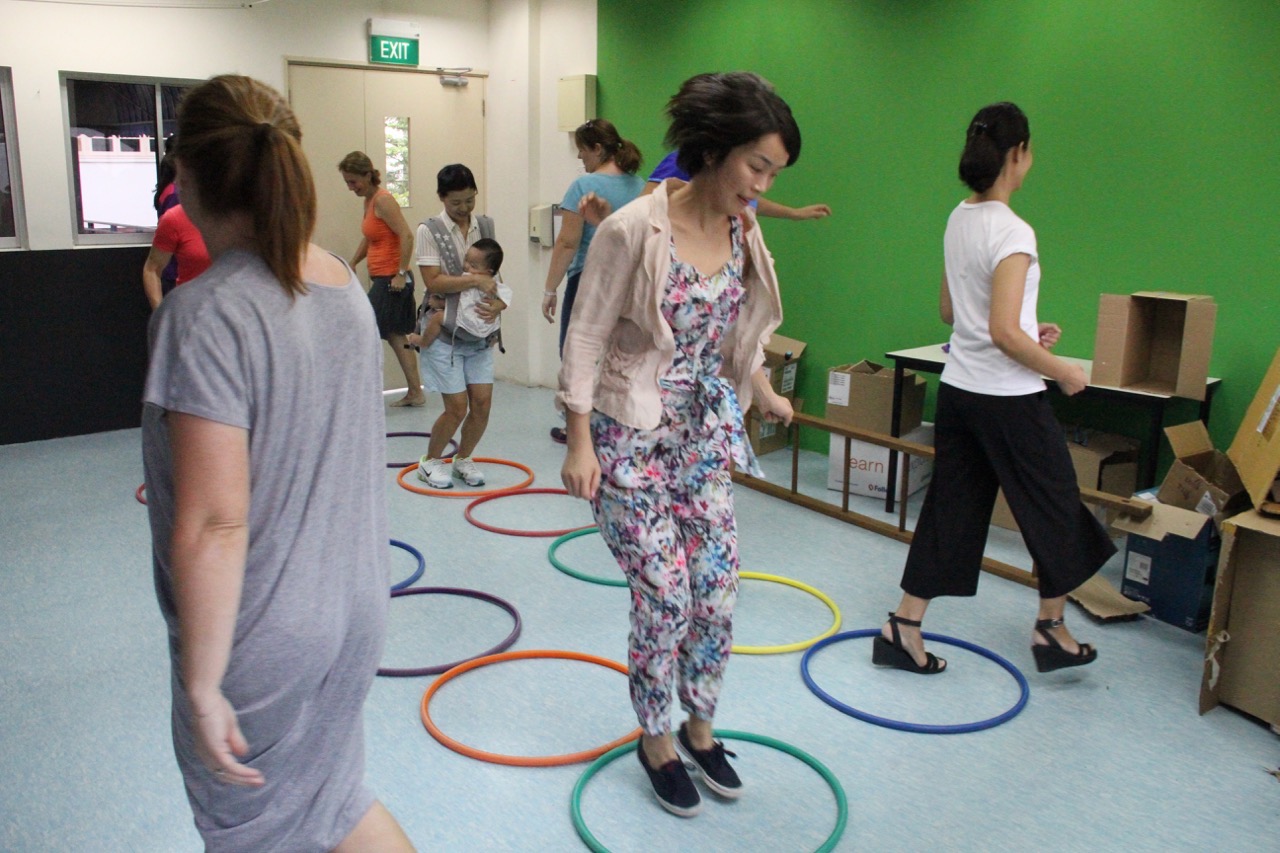
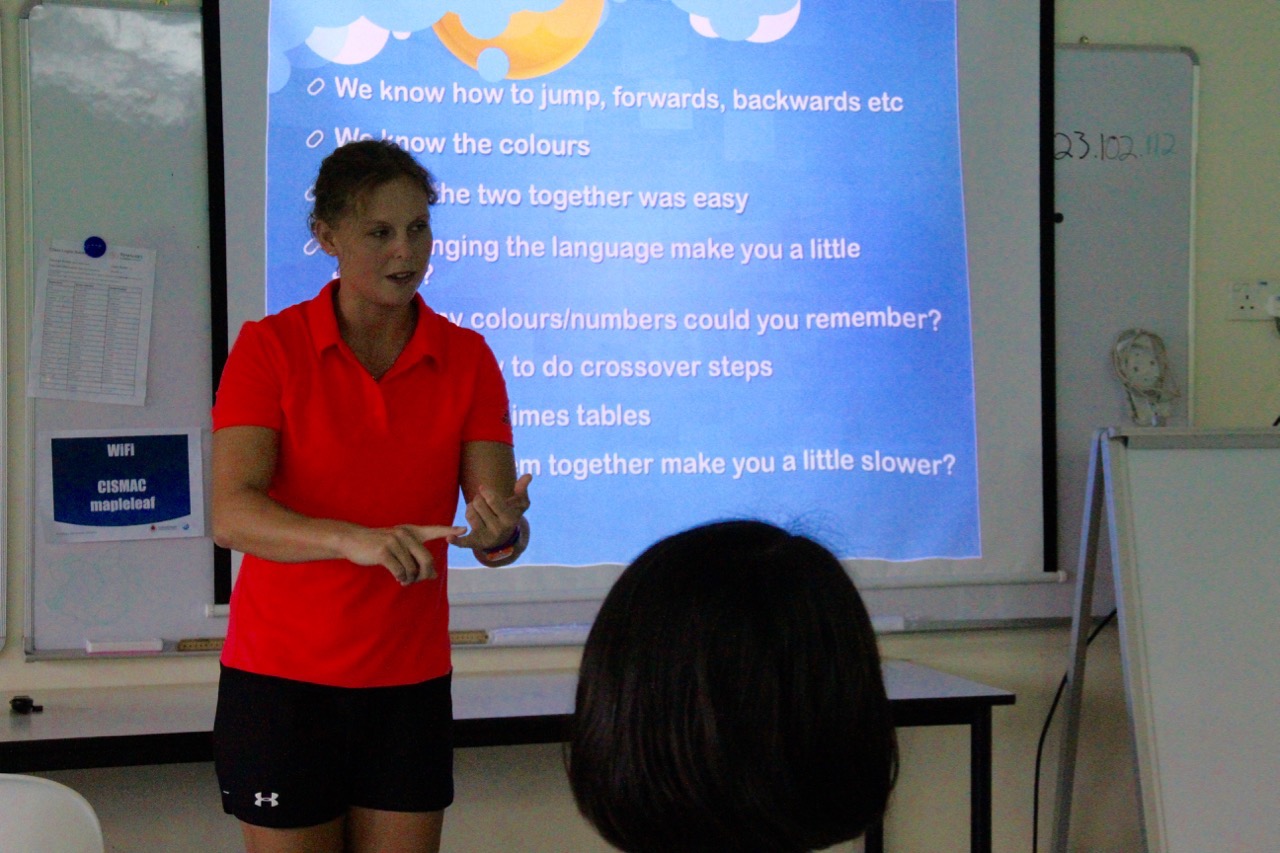
In the early years, it is paramount we give children a solid foundation of movement patterns and skills. This improves brain capability and provides for more complex skills, be it throwing and catching, basketball or more academic skills like giving a presentation where we move, read and memorise content. Without this foundation, our ability to build upon these activities is limited; and if we do not enjoy something, we are far less likely to continue to do it.
If we can reach children when they are young, they can learn to love physical activity and sports for life. They will reap the rewards and pass them into the next generation.